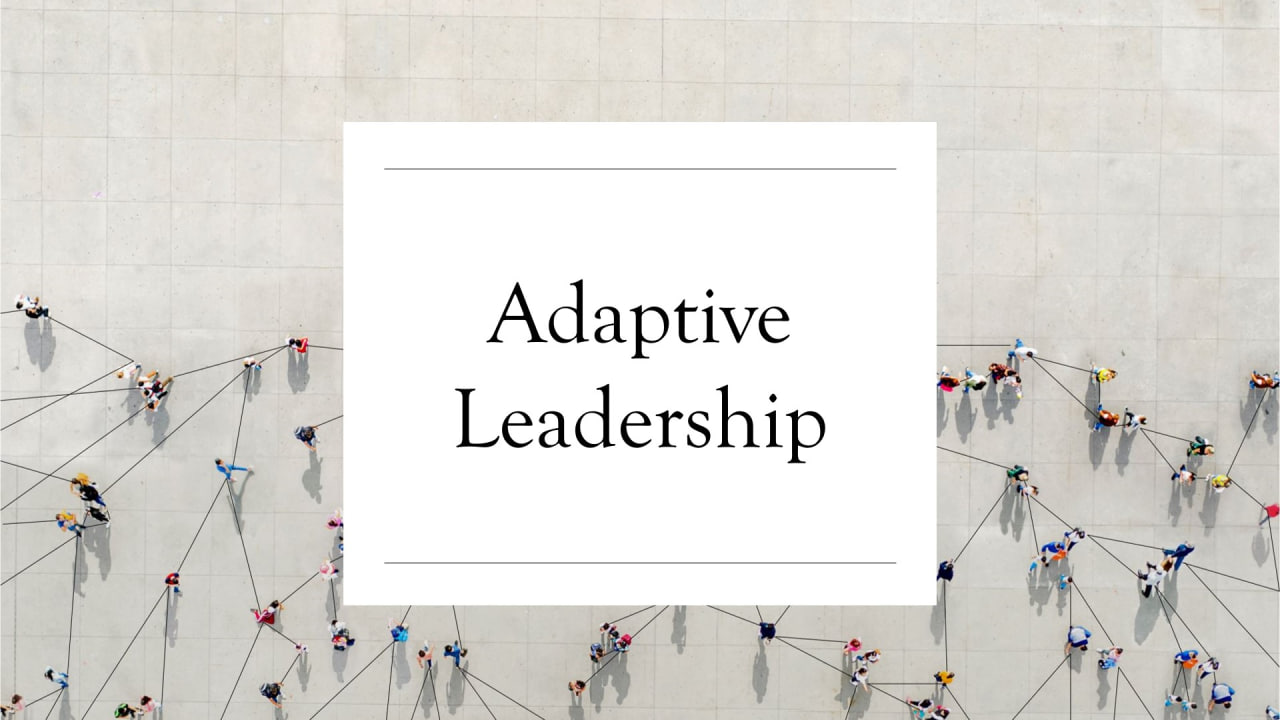Organizational culture is foundational and impacts employee behavior, engagement, and innovation. Conversely, leadership is the driving force that directs the organization toward its goals. The critical question is: How can these two fundamental elements be effectively integrated into business practices to foster organizational growth and success?
This article explains how leaders shape and are shaped by organizational culture, drawing insights from real-world examples and scientific research. Furthermore, it addresses common challenges associated with this interplay and provides practical solutions for each.
The Leadership’s Impact on Organizational Culture
Leadership is a multifaceted concept within the organizational culture context; it shapes and is shaped by that culture. This intricate relationship underscores the reciprocity and complexity inherent in their interactions.
1. Shared Values and Behaviors
Effective leaders are crucial in cultivating organizational culture by promoting shared values and behaviors. Leaders outline the organizational culture by consistently demonstrating these values in their actions and decisions. Also, culture reinforces these values through collective commitment.
2. Alignment with Cultural Norms
Leaders who align their behaviors with prevailing cultural norms find leading and influencing their teams easier. Such alignment generates trust and credibility, increasing employees' likelihood to follow suit.
3. Culture as a Guiding Framework
Organizational culture guides leaders. Leaders often rely on cultural norms and values to inform their decision-making processes. In innovation-oriented cultures, leaders may encourage experimentation and risk-taking, while in more conservative cultures, they may prioritize stability and tradition.
4. Adaptive Leadership
Leaders must adapt to evolving cultural changes in dynamic environments. Successful leaders are flexible, responsive, and able to steer their organizations through cultural transitions, ensuring that leadership keeps pace with the changing cultural landscape.
Leadership Styles and Their Impact
Different leadership styles impact organizational culture profoundly, each yielding distinct cultural outcomes:
1. Transformational Leadership
Transformational leaders inspire employees to prioritize collective goals over individual interests. This leadership style is often linked to fostering a culture of innovation, creativity, and collaboration.
2. Transactional Leadership
Transactional leaders motivate employees through rewards and consequences. While effective in certain contexts, this style may not cultivate a culture of empowerment or innovation.
3. Servant Leadership
Servant leaders prioritize their team members’ safety and well-being. This approach may foster a culture of trust, empathy, and support.
4. Adaptive Leadership
Adaptive leaders excel in fast-changing environments, successfully navigating cultural shifts while maintaining employee engagement and cohesion.
The real leadership styles’ impact on organizational culture is evident in Apple Inc. Under the transformational leadership of Steve Jobs, the company developed a culture centered on innovation, risk-taking, and customer focus. This cultural spirit continued to shape Apple's operations and success long after his departure.
Navigating the complexities of leadership and organizational culture is challenging. One common challenge is the misalignment between leadership styles and existing cultural norms, resulting in resistance, conflict, or disruption of cultural values. To address this issue, leaders must be willing to adapt and embrace feedback.

Challenges and Solutions in Leadership and Organizational Culture
Challenges
1. Change Resistance
This is a significant challenge in the interplay between leadership and organizational culture. When leaders strive to introduce new cultural elements or modify the existing culture, employees may resist these changes, perceiving them as threats to their established routines.
2. Cultural Stagnation
Organizational culture can often become stagnant, resisting changes that do not align with prevailing norms. This stagnation hinders leaders seeking to cultivate a different cultural orientation.
3. Leadership Turnover
Frequent leadership changes can disrupt initiatives to shape and sustain a particular culture. Key leaders’ departure may create a cultural vacuum or lead to a cultural shift when new leaders impose their values and beliefs within the organization.
4. Cultural Misalignment
A disconnect between leadership and organizational culture can create tension and inefficiency. For example, if the leadership style emphasizes detailed management while the organizational culture values autonomy, this may result in conflict that hampers productivity.
Solutions
1. Clear Communication
Effective communication is essential when implementing cultural changes. Leaders should clearly articulate the rationale for change, the expected benefits, and how it aligns with organizational mission and values. Transparency can alleviate resistance.
2. Employee Involvement
Engaging employees in the change process is highly advantageous. Leaders should seek their opinions, listen to their concerns, and involve them in shaping the organizational culture. This involvement fosters a sense of ownership and commitment to the new cultural direction.
3. Gradual Cultural Transformation
Leaders should implement gradual changes rather than sudden shifts to overcome cultural stagnation. Employees are often more receptive to incremental adjustments, which can accumulate over time to facilitate meaningful cultural transformation.
4. Leadership Development
Investing in leadership development programs is essential for aligning leaders with the desired culture. Such programs equip leaders with the skills and knowledge necessary to lead in ways that support and enhance the organizational culture.
5. Success Stories
Highlighting individual or team success stories that have embraced the new culture can inspire others. Recognizing and celebrating these champions reinforces desired behaviors.
IBM's transformation during shifts in the technological landscape represents an excellent example of overcoming cultural challenges. The company underwent a cultural shift towards innovation and agility by employing clear communication, involving employees in idea generation, and implementing gradual changes, successfully adapting its culture to thrive in the digital age.
Conclusion
This analysis demonstrates that the interplay between organizational culture and leadership is complex and central to an organization’s identity. Leadership reflects and shapes the prevailing organizational culture.
This reciprocal relationship is fundamental in defining the organization’s spirit and furthering its achievements. Further exploration into the leadership’s role in shaping culture reveals strategies for directing the organizational culture toward specific goals.
The article highlights leaders’ influential role as role models in implementing organizational culture while addressing challenges such as change resistance, stagnation, leadership transitions, and alignment issues as significant obstacles. Also, it presents solutions and references success stories to inspire cultural transformation and create a fruitful interaction between leadership and organizational culture.






